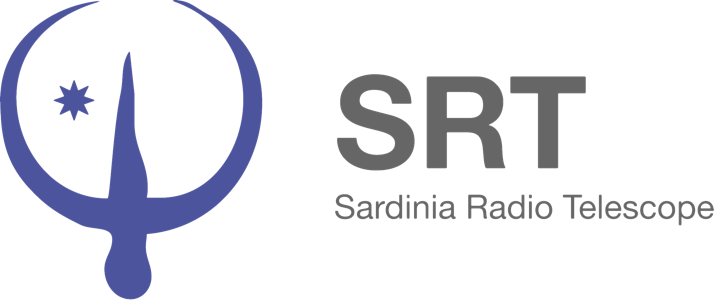Project
Metrology
One of the more challenging goals for SRT is its capability to operate in the 3-mm band. The active surface, composed by more than 1100 actuators, will adjust the profile of the primary mirror to recover the ideal shape from gravitational, thermal and, possibly, wind effects. Additionally, the sub-reflector can be shifted and tilted with five degrees of freedom thanks to specific actuators. Two stringent requirements are necessary to reach high frequency observations: a surface accuracy better than 150 μm (surface efficiency @ 100 GHz = 67%) and an antenna pointing error better than 1 arcsec (HPBW @ 100 GHz = 10 arcsec). The contractual duty in the alignment of the primary reflector was 500 μm with a “goal” of 300 μm. Photogrammetry measurements have shown a total RMS of the primary mirror equal to 290 μm at 45 degree elevation. In order to better measure the profile of the primary mirror, microwave holography measurements will be implemented by using the hardware set-up successfully tested in the 32-m Medicina radio telescope. Real-time measurement of reflector deformations and misalignments errors in the sub-reflector position must be carefully performed and corrected in a closed-loop strategy. Besides the microwave holography and the photogrammetry already discussed, several further independent measurement systems have been studied for their implementation in the metrology network:
- Inclinometers to monitor with high resolution the status of the track and the inclination of the azimuth axis. It is also useful for getting thermal gradients information on the alidade deformations.
- Position sensing devices for optically monitoring the lateral shift of the secondary mirror.
- Optoelectronic linear sensors to measure the deformations of the primary mirror.
- Optical fiber rangefinders based on interferometric technique to measure the deformations of the legs of the quadrupode to control the sub-reflector position.
- Thermal sensors to map the distribution of temperature in the most sensible areas of the radio telescope and consequently to predict the deformations induced by thermal gradients.
- FEM analysis to understand the behavior of the mechanical structure of the antenna for gravity, thermal and wind effects.
